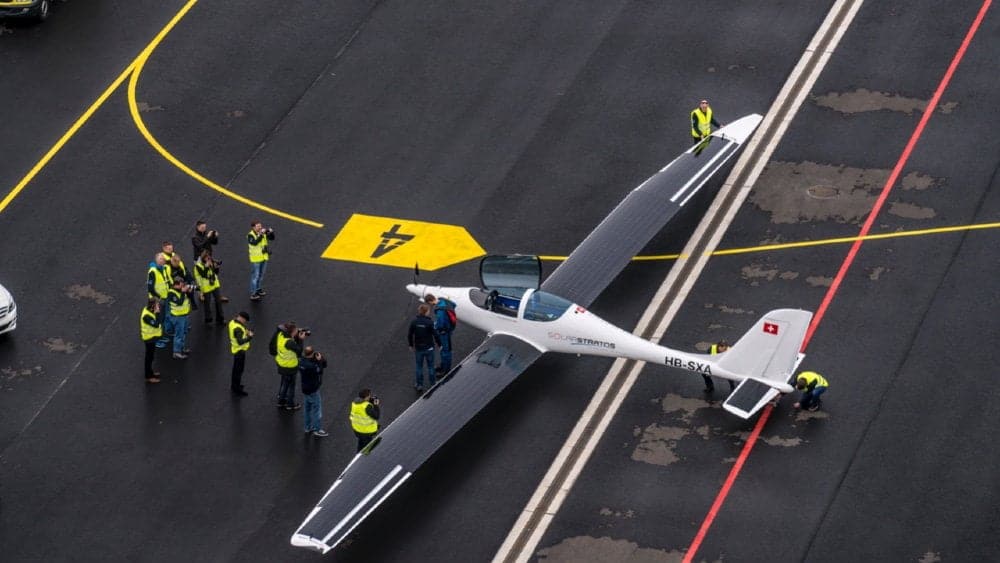Raphaël Domjan is a Swiss entrepreneur and eco-explorer. For some time he has been planning and developing visionary solutions to demonstrate that renewable energies are reliable, and this is no exception this time.
After taking his solar boat around the world, Domjan created the SolarStratos aircraft. A plane designed to venture into the stratosphere, powered by nothing but the sun.
It would be the first time in the history of aviation.
Quite a record. On the other hand, if the SolarStratos project is to succeed it faces enormous challenges. To reach 18.000 feet in an unpressurized aircraft (usually a feat for stealth aircraft) the solar plane and its pilot will be subjected to temperatures of -70 degrees.
Domjan will also have to wear a pressurized space suit for the five-hour flight. It will take two hours to reach the stratosphere, 15 minutes face to face with the stars and then three hours to descend. At that altitude, Domjan will be able to see the curvature of the planet.
“Our goal is to demonstrate that current technology e solar energy they offer us the opportunity to go beyond what fossil fuels offer”Said Domjan. “We will be able to fly where no internal combustion engine or jet engine can operate and enable sustained flight.”
How the idea of SolarStratos was born
In its embryonic state the idea first came about when Domjan was completing his solar circumnavigation aboard his boat from 2010 to 2012.
Some issues on SolarStratos
SolarStratos weighs 450kg and is just over 8 meters long. Its solar cells cover 74 square meters, the wingspan is 24 meters. The energy is stored in a lithium-ion battery. The electric motor generates 43 horsepower at 2200 rpm. Domjan says the engine is efficient 90 percent.

The maiden voyage is scheduled for 2022.
Will it be possible to go into space with solar energy?
SolarStratos has the ambition to develop in the field of solar-powered aviation, to offer a unique travel experience to private passengers and scientists at the edge of space.
“The biggest challenges are charging the batteries, temperature and low air pressure,” says Domjan. “All these elements require specific technical responses. We are entering a totally new environment because this has never been done before."
Here is a short video of the project


